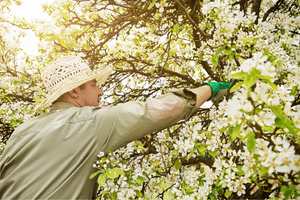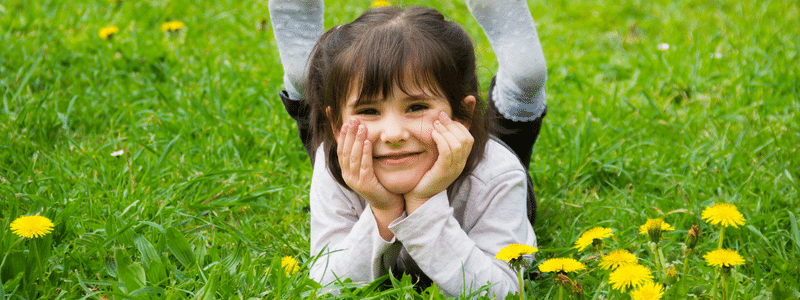The beginning of spring this year is March 20th! In many climates, snow and frost are still threats after this date, but now is the time to start thinking about spring landscaping. Start the season off right with these landscaping tips.
Ready for a plan
Before picking up a trowel or buying seeds, decide what you plan to do in your spring garden. We recommend breaking it down into several stages so you don’t feel exhausted or pressed for time.
If you feel overwhelmed by the whole view, you can hire a professional gardener to help you select plants and plant them in the ground.
Picking the right spring flowers
Many flowers bloom only in spring. You can add color to your garden before the summer flowers bloom. If you visit the garden section of your local nursery or local home improvement store this spring, you will find that the flowers there are likely to grow in your growing area.

However, you still need to consider the climate in your yard. Sun exposure, soil conditions and slope all affect which plants grow best. For best results, check the flower label for sun exposure and watering instructions.
Prepare the garden
Even if you cut a flower, you cannot plant it in the ground. Here’s how to prep your garden for flowering this spring.
- – Clearing the wreckage of last fall
- If you neglected to remove leaves and plants last fall, now is the time to catch up. Prepare your garden for newcomers this year by removing dead annuals and pruning perennials.
- – Prepare the soil
- Dig up the soil with a trowel as soon as possible. Remove weeds and old roots. Spread a 4-inch layer of compost over the bed and shovel it into the soil 10 to 12 inches deep.
Take care of all your spring landscapes
Many novice gardeners think only about sun exposure and watering frequency. However, if you want successful landscaping, plan to follow these care tips throughout spring.
Fertilize your plants

Use a balanced fertilizer on your trees, shrubs, and perennials as soon as you see them sprouting. Remember that shrubs such as azaleas and camellias benefit from high-acid fertilizers. Ask your local nursery or gardener for helpful repair tips here.
Be prepared for pests
From wildlife to insects to stray animals, pests can wreak havoc on your landscape. Deter wild animals with fences and barbed wire. Then use insecticide as needed to repel unwanted insects.
Growth Plan
Take a close look at your seed package and determine how tall your plants will grow in 6 weeks or 6 months. Follow planting distance guidelines here. Even if your garden looks sparse for the first few weeks, over time your plants will thrive and try not to overcrowd your garden.
Compost Management
 Start composting by collecting plant debris and dead leaves from your garden. Continue adding equal amounts of “brown” carbon-rich materials (such as straw and dry leaves) and “green” nitrogen-rich materials (such as weeds and cut grass) to the compost heap throughout the season. Turn over the paper stack periodically. By next spring, home-made compost can help your garden thrive.
Start composting by collecting plant debris and dead leaves from your garden. Continue adding equal amounts of “brown” carbon-rich materials (such as straw and dry leaves) and “green” nitrogen-rich materials (such as weeds and cut grass) to the compost heap throughout the season. Turn over the paper stack periodically. By next spring, home-made compost can help your garden thrive.
For spring landscaping help, contact RDK Landscaping today. Our services include landscape design, plant debris removal, flower planting, fertilization and more.
Additional information:
Our Services
Latest Posts
- Winter Prep: How to Prepare Your Property for Snow Removal
- The Importance of Professional Tree Pruning: Benefits for Health and Safety
- Winter Prep: How to Prepare Your Property for Snow Removal
- The Ultimate Guide to Snow Plowing: Tips and Tricks for Effective Winter Maintenance
- DIY Snow Plowing: How to Successfully Tackle Winter Weather on Your Own






